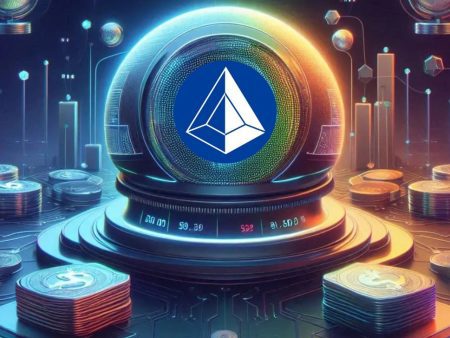How to mint an NFT is a common question among creators looking to enter the world of digital assets. This process involves turning a digital file into a unique token on blockchain, allowing it to be bought, sold, or traded securely.
In this article, TopCoin9 will guide you through the definition of minting an NFT, the essential things you need, a step-by-step guide, where to sell and common mistakes to avoid!
What Does “Minting an NFT” Mean?
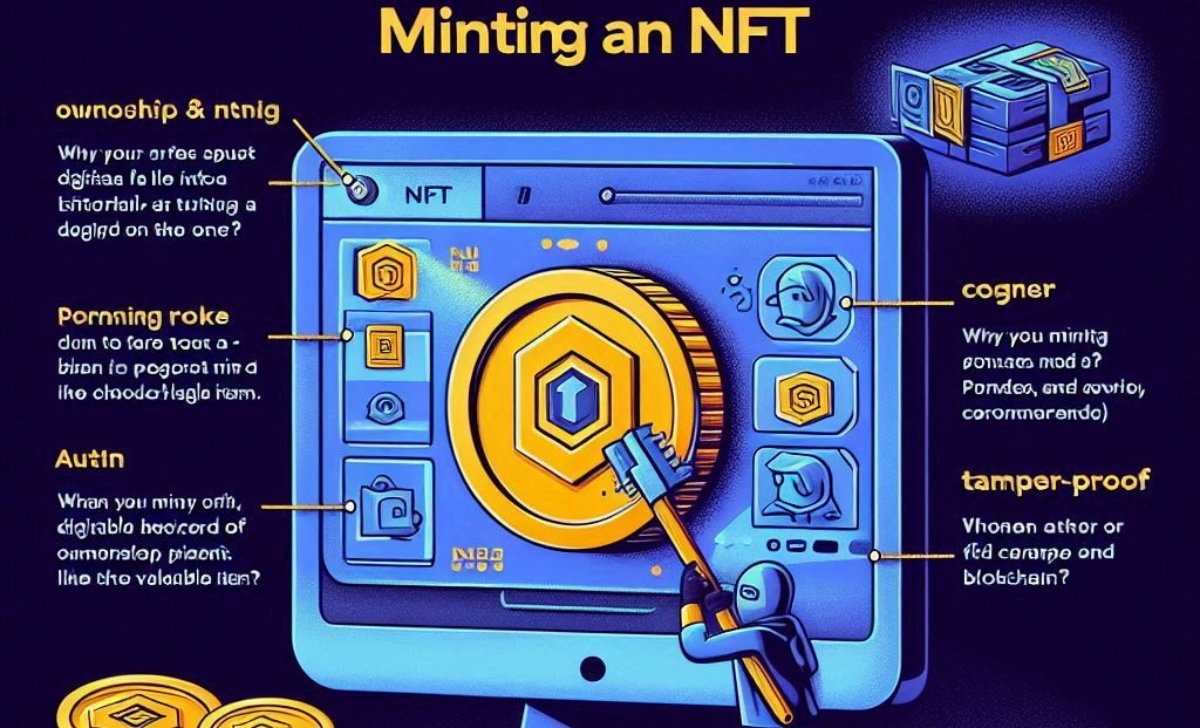
Minting an NFT refers to the process of turning a digital file into a unique token on a blockchain. This process ensures that your digital asset is one-of-a-kind and can be bought, sold, or traded like any other valuable item. When you mint an NFT, you create a permanent, tamper-proof record of ownership and provenance, which is stored on the blockchain.
Why Mint an NFT?
There are several reasons why artists, musicians, and content creators are minting NFTs:
- Ownership & Authenticity: Once minted, an NFT proves who owns the digital asset and ensures it can’t be duplicated.
- Monetization: Creators can sell their digital work directly to buyers without intermediaries.
- Royalties: Many NFTs allow creators to earn a percentage of sales each time their NFT is resold.
Now that you understand the concept of how to mint an NFT, let’s explore what you need to get started in the next section.!
Things You Need Before Minting an NFT
Before you can mint an NFT, there are a few essential things you need to prepare. Ensuring you have these in place will make the process smoother and more efficient.
- A Crypto Wallet: This is required to store cryptocurrencies and interact with NFT marketplaces, acting as your gateway to blockchain transactions. Popular wallet options include MetaMask (ideal for Ethereum-based NFTs), Trust Wallet, and Coinbase Wallet, so choose one that suits your needs and always keep your seed phrase secure.
- Cryptocurrency for Gas Fees: Minting an NFT involves a transaction fee, known as gas fees, which varies depending on the blockchain you use. For example, Ethereum (ETH) is widely used but has high gas fees, Polygon (MATIC) offers lower costs, and Solana (SOL) is known for its speed and cost-effectiveness, making it a great choice for beginners.
- A Digital File for Your NFT: Your NFT can be an image, video, GIF, audio file, or even a 3D model, depending on what you want to tokenize. Before uploading, ensure your file meets the marketplace’s size, format, and quality requirements to avoid any issues during the minting process.
- An NFT Marketplace: To mint and sell your NFT, you need to choose a suitable marketplace that aligns with your goals. Some popular platforms include OpenSea (the most widely used), Rarible, Foundation, and Magic Eden (ideal for Solana-based NFTs), each offering unique features and audience reach.
If you’re minting NFTs on Ethereum, be prepared for higher gas fees compared to other blockchains, but also enjoy the benefit of a widely recognized and trusted network.
Now that you have all the prerequisites, let’s go through the step-by-step process of minting your first NFT – the details will be revealed in the next section!
Step-by-Step Guide on How to Mint an NFT
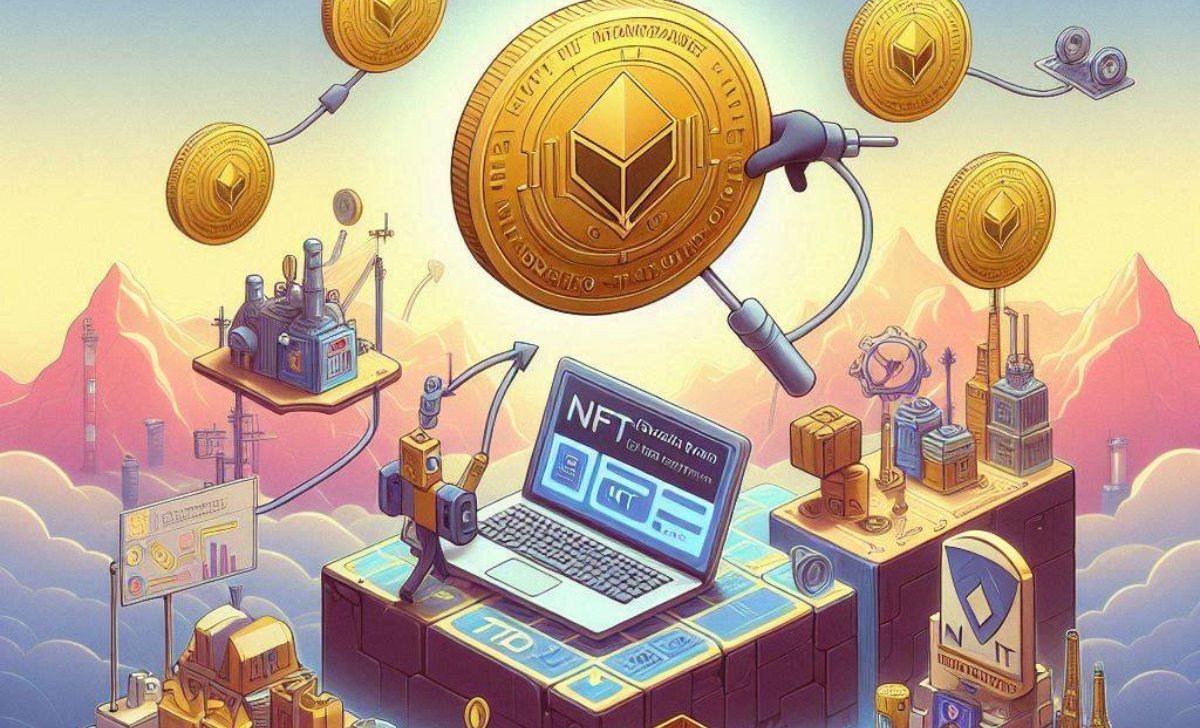
Following an NFT creation guide can make the process of minting an NFT much simpler than it seems at first. By following these steps carefully, you can successfully turn your digital asset into a unique token on blockchain:
- Step 1: Choose an NFT Marketplace: Select a marketplace where you want to mint your NFT, as each platform has different features and audiences. OpenSea is a great choice for beginners due to its user-friendly interface and large trading community.
- Step 2: Connect Your Crypto Wallet: Visit your chosen NFT marketplace and click on the “Connect Wallet” option to link your crypto wallet. Choose a compatible wallet such as MetaMask, approve the connection, and ensure your wallet is funded.
- Step 3: Create and Upload Your NFT: Click “Create” or “Mint NFT” on the marketplace to start the process. Upload your digital file (image, video, music, or other media), then enter important details such as title, description, and properties.
- Step 4: Set Up Sales Preferences: Decide how you want to sell your NFT by choosing a pricing method. You can set a fixed price, allow buyers to bid in an auction, or offer unlockable content that only buyers can access.
- Step 5: Pay the Minting Fee and Confirm Transaction: : Once everything is set up, you’ll need to pay the gas fee to finalize the minting process. After confirming the transaction, your NFT will be live on blockchain.
Now that your NFT is minted, where should you sell it to maximize your profits? Let’s find out in the next part!
Where to Sell Your NFT After Minting?
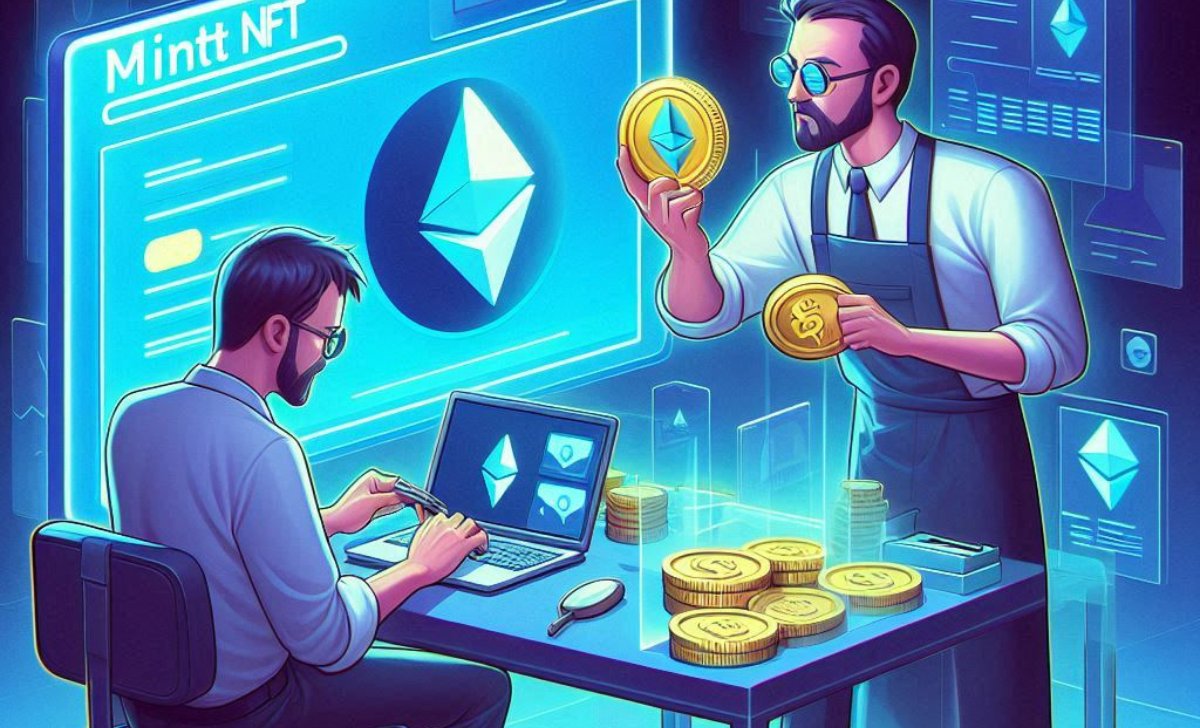
How to mint an NFT is just the first step – once minted, your NFT needs proper marketing to attract buyers. Here are the top platforms to list and sell your NFT:
- OpenSea: As the largest NFT marketplace, OpenSea supports Ethereum, Polygon, and Solana, making it accessible to a wide range of users. Its user-friendly interface makes it an excellent choice for beginners entering the NFT space.
- Rarible: This is a decentralized NFT marketplace that allows users to mint, buy, and sell NFTs across multiple blockchains. Its community-driven approach gives creators more control over their NFT listings.
- Foundation: This is an exclusive NFT marketplace designed for high-quality digital art, making it ideal for serious creators. However, access is invitation-only, so artists need to be invited or apply to join.
- Social Media & NFT Communities: To boost sales and engagement, promote your NFT on Twitter, Discord, and Reddit, where NFT enthusiasts actively discuss new projects. Joining NFT-related groups and communities can help you reach potential buyers and collectors more effectively.
A strong NFT marketing strategy not only increases exposure but also prevents common pitfalls that could hinder success. Learn more in the next section!
Common Mistakes to Avoid When Minting an NFT
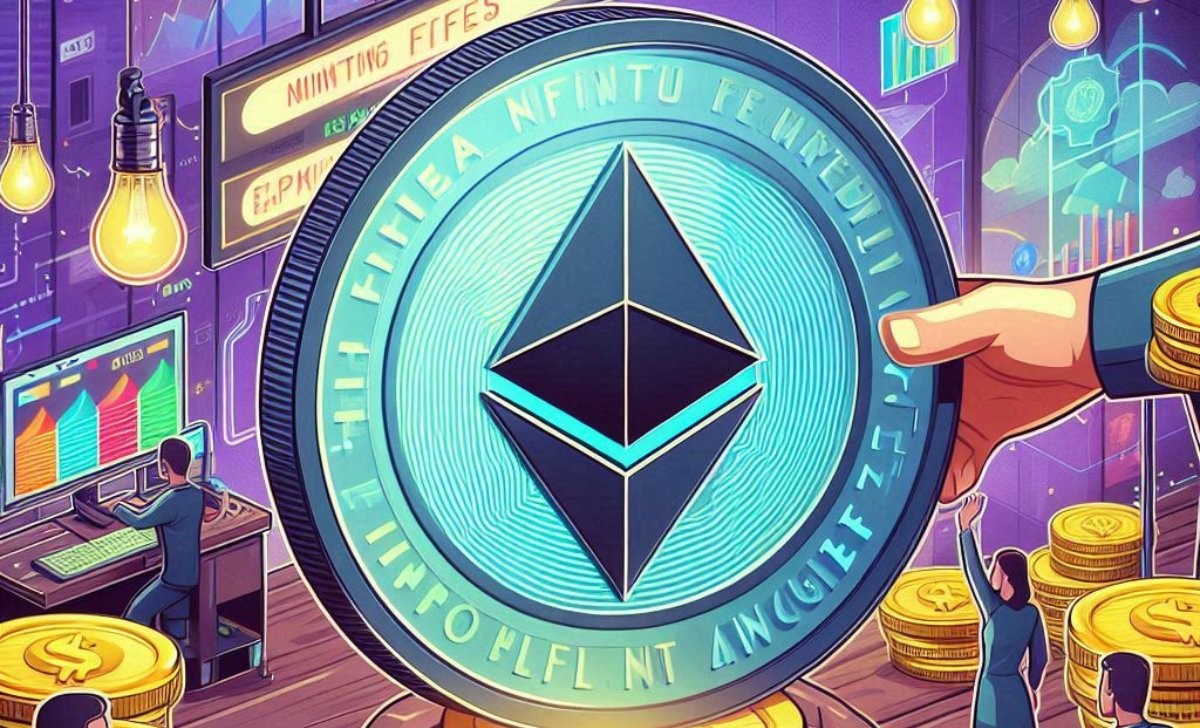
Many beginners make avoidable mistakes when minting NFTs. Here’s how to steer clear of the most common ones:
- Ignoring Gas Fees: Ethereum gas fees fluctuate, and minting at peak times can be expensive, making your NFT creation costlier than expected. To save money, consider using alternative blockchains like Polygon or Solana, which offer lower fees.
- Not Researching the Marketplace: Each NFT marketplace has different fees, rules, and target audiences, which can impact your selling success. Before minting, choose a platform that aligns with your goals, whether it’s OpenSea for accessibility or Foundation for exclusivity.
- Poor Wallet Security: Crypto scams and hacks are common, and losing access to your wallet can mean losing your NFTs permanently. Keep your seed phrase secure, avoid suspicious links, and consider using a hardware wallet for extra protection.
- Overpricing Your NFT: Setting your NFT price too high can scare away potential buyers, reducing your chances of making a sale. Research similar NFTs on your chosen platform and set a competitive price to attract interest.
- Lack of Promotion: Minting an NFT alone won’t bring buyers – you need to actively market it to the right audience. Use social media, collaborate with influencers, and engage in NFT communities to increase visibility and sales opportunities.
In conclution, how to mint an NFT may seem complex at first, but it’s actually a straightforward process if you follow these steps carefully. is a simple yet powerful way to turn your digital assets into unique blockchain-based tokens. Follow these steps carefully, avoid common mistakes, and don’t forget to check out our latest articles for more NFT insights!

Emily Thompson is a highly skilled crypto writer and strategist with extensive experience in blockchain journalism, having contributed to Cointelegraph and Binance Academy. At TopCoin9, she ensures high-quality, SEO-optimized content that educates and informs the crypto community.
Email: [email protected]

